This paper “What the Numbers Say about How to Reduce Imprisonment: Offenses, Returns, and Turnover” is somewhat out of date as it is based on 2016 data and was published in2020, but a conversation brought it to mind. The paper asks: what would it take to get US imprisonment back
Read morePrison Gerrymandering (From Prison Policy)
This post from Prison Policy explains why local prison gerrymandering is a problem and how local governments have been prohibited from addressing the issue by a 1981 Wisconsin attorney general decision.
Read more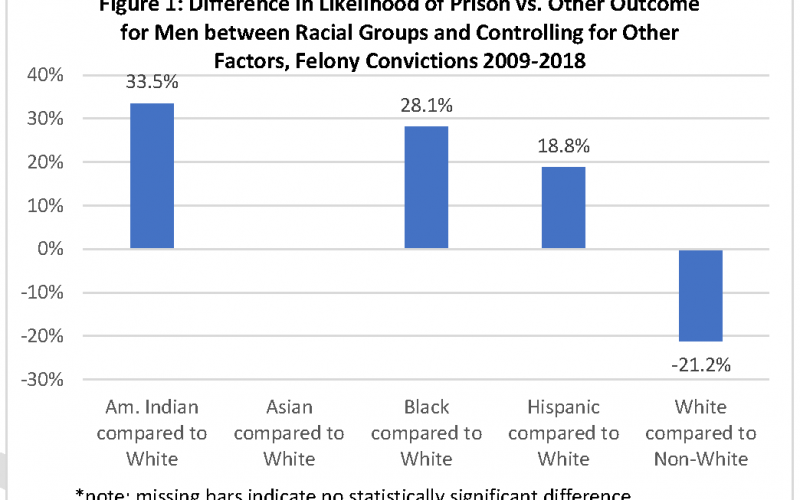
Racial Disparity in Wisconsin Felony Sentences
Columnist Daniel Bice of the Milwaukee Journal Sentinel broke the news last week that Wisconsin Supreme Court Chief Justice Patience Roggensack has been sitting on a year-old study that showed a clear pattern of racial disparity in Wisconsin prison sentences. Specifically, the study shows substantial racial differences in the likelihood
Read moreLong-term prisoners
There is a great deal of discussion about the best ways to reduce mass incarceration. One topic that has received significant attention is the need to revisit parole for people who have been incarcerated for a long time. Some argue on moral grounds, that there should always be hope, and
Read more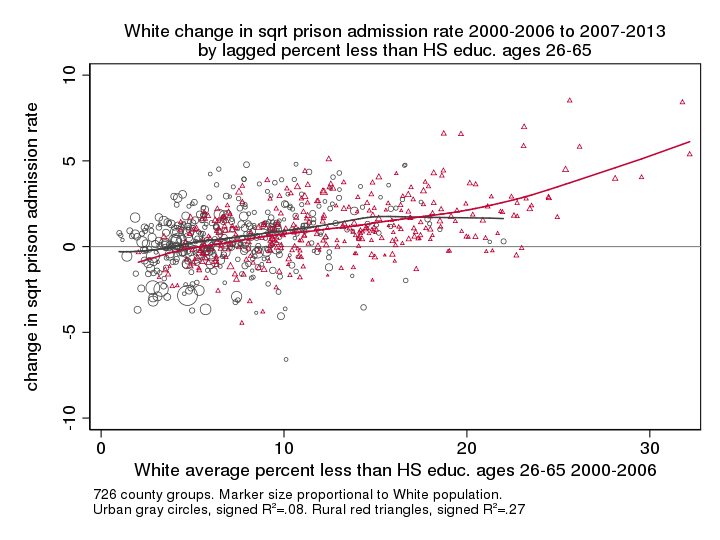
New working paper on White and Black urban and rural imprisonment rates
I’ve just posted my working paper to SocArXiv that shows that high White rural imprisonment rates and rises in imprisonment rates in county groups are linked to poverty and low education in rural areas. The paper gathers up the graphs and analysis from my previous post and also provides regression
Read more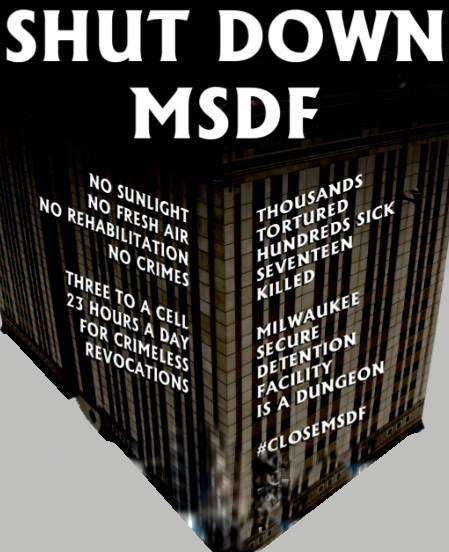
For Closing the Milwaukee Secure Detention Facility
Activists in Wisconsin’s Close MSDF coalition are focusing attention on the inhumane conditions in the Milwaukee Secure Detention Facility (MSDF) and the problem of crimeless revocations that send people there. The MSDF was built in 2001 to house people temporarily who had been accused of violating the terms of their
Read moreThe Struggle for Criminal Justice Reform
This is a guest post by Michelle Phelps, Joshua Page, and Philip Goodman. The history of criminal justice in the U.S. is often described as a pendulum, swinging back and forth between strict punishment and lenient rehabilitation. Before the election of President Donald J. Trump, many argued the pendulum was
Read morePrison Isolation is Torture, Ineffective, and Illogical
Solitary confinement is, at its core, simply what its name suggests; being confined to solitude. Sometimes called disciplinary segregation, administrative segregation, or simply “the hole”, solitary confinement involves cutting a prisoner off from almost all human contact for 22-24 hours a day by placing them in a compact and barren
Read more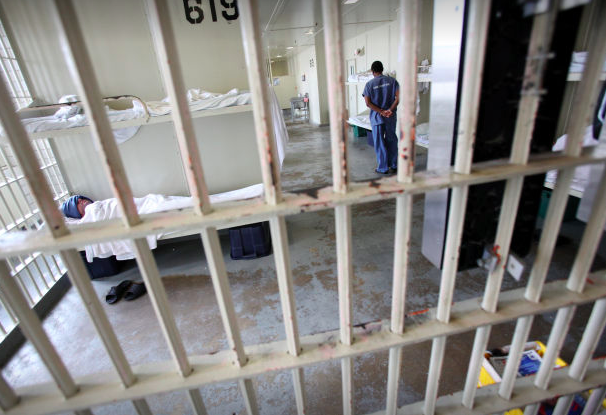
Use of Pepper Spray to “Fog” Inmates in Jail: A National Trend?
Police use of force has recently stirred widespread public interest and concern. Recent use of force incidents have been well-publicized on social media due to the ability of the public to witness and video record police actions. However, owing to the fact that the operations of jails and prisons are
Read more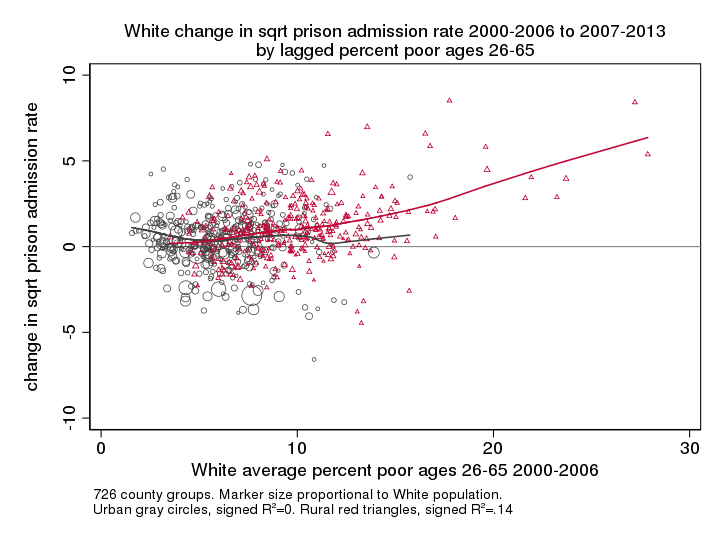
Changes in White and Black imprisonment rates: poverty, education, type of place
In my previous posts, I showed that White imprisonment has been growing more in rural areas than urban areas, and that this is tied to the fact that rural places are much more likely to have high poverty rates and low average educational levels. In this post, I follow up
Read more